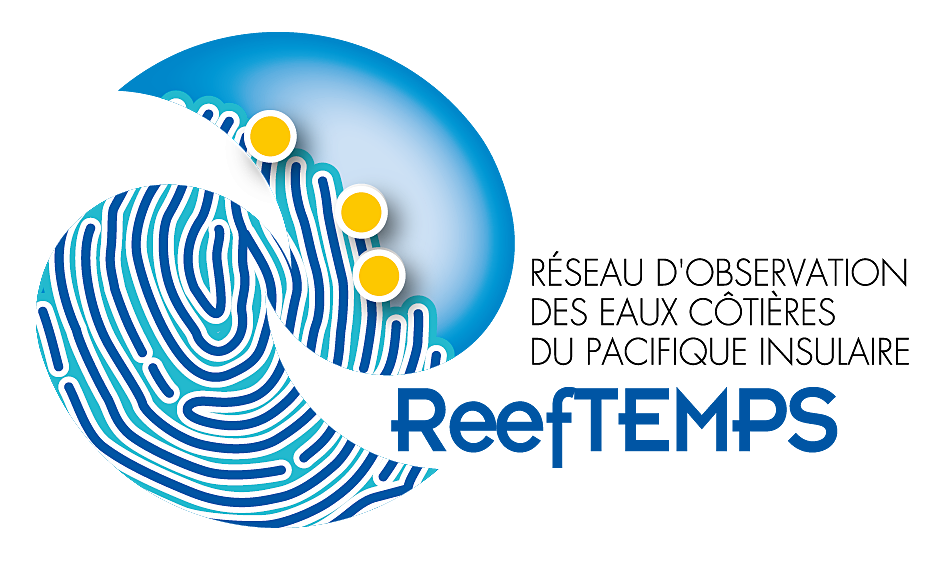Contacts : Christophe Menkès (scientific coord.), David Varillon (technical coord.), Sylvie Fiat (network coord.).
At the IRD center in Nouméa, teams from the geology-geophysics and physical oceanography laboratories have historically developed a network of coastal stations in the southwestern tropical Pacific. Initially based on manual seawater sampling (Figure 5) in a few locations (at Anse Vata in Nouméa since 1958 – Figure 5, left panel, and at Amédée lighthouse), surface temperature measurements (between 3 and 12 m) are now automated. After 1992, some of these stations were financed as part of the ZoNéCo program.
This enabled the acquisition of a number of high-quality sensors (RBR TR-1060) to more accurately monitor temperature trends at sites around New Caledonia’s Grande Terre. Starting in 2010, RBR TR-1060 sensors and then SEABIRD SBE 56 sensors were acquired with GOPS funding, replacing all the old sensors. Between 2012 and 2015, the GOPS financed the purchase of pressure sensors for certain sites.
Since 2018, integration into IR-ILICO has provided ongoing support for this sub-network.
Several major projects are currently contributing to the network’s development in terms of temperature measurement, including MaHeWa, a Priority Research Program on marine heatwaves, and the TIC-TAC and HEAT programs of the Pacific Fund, for New Caledonia and Fiji, focusing on the future of corals in the face of climate change.

